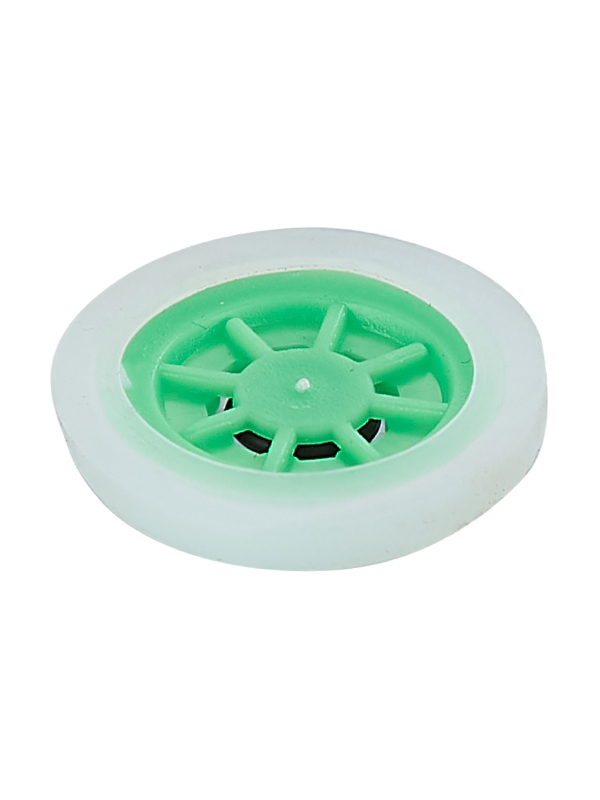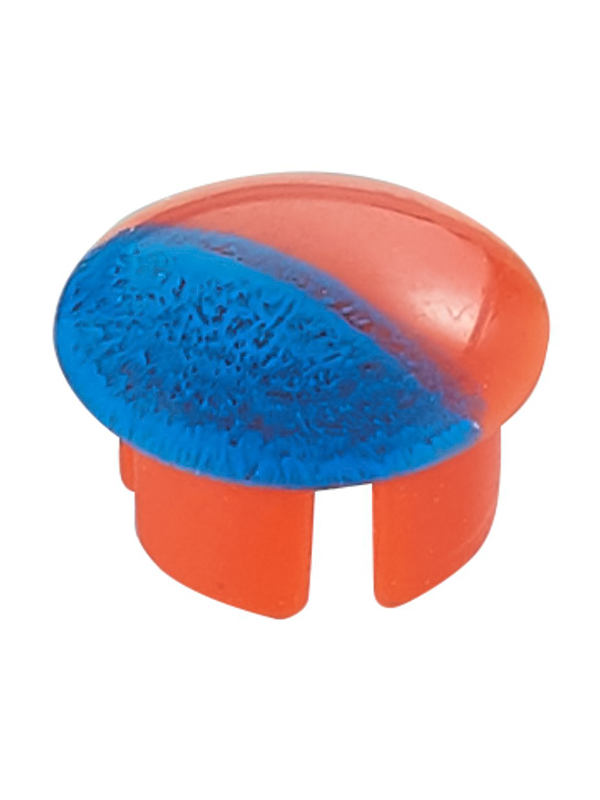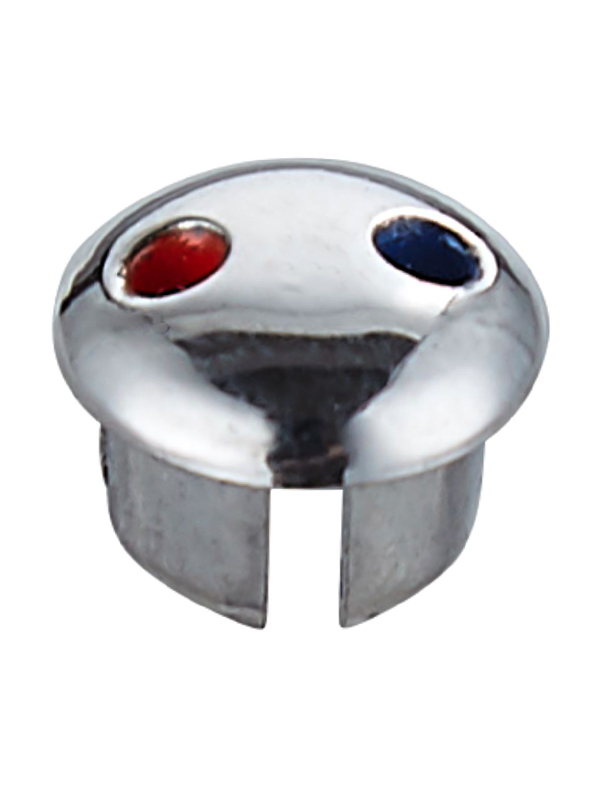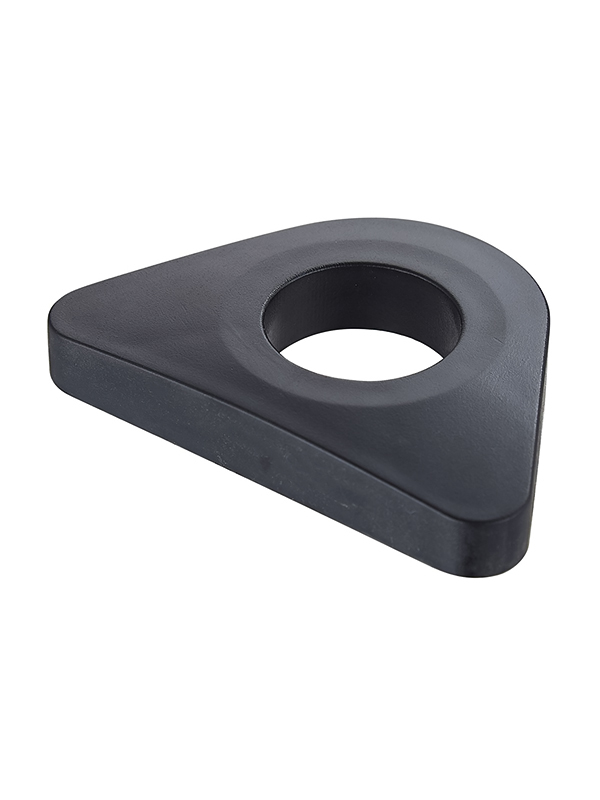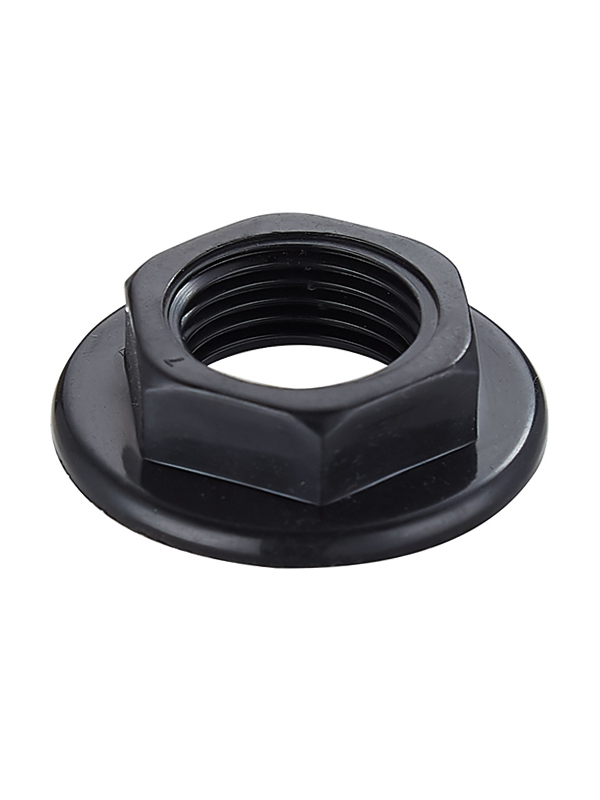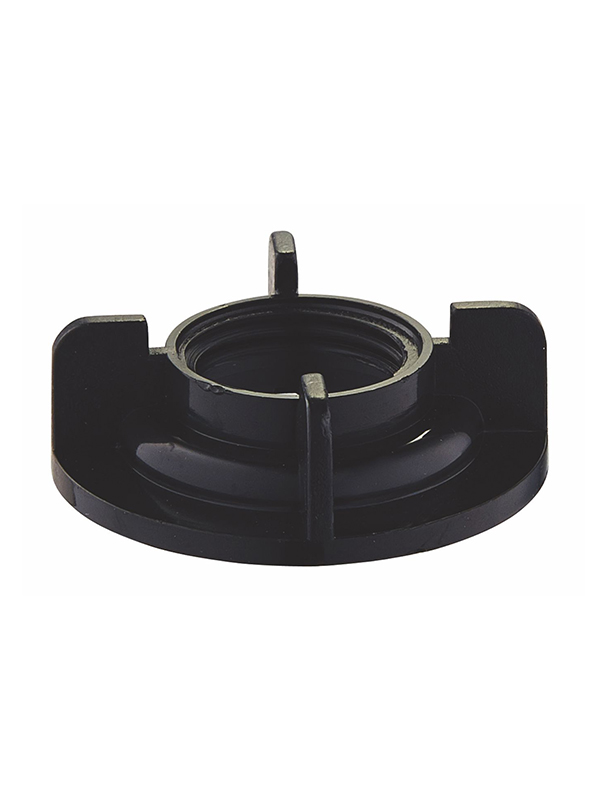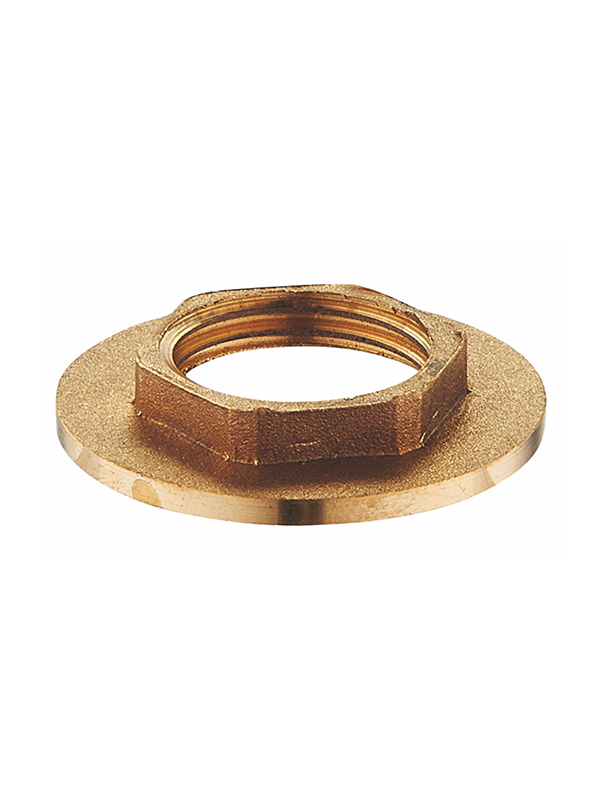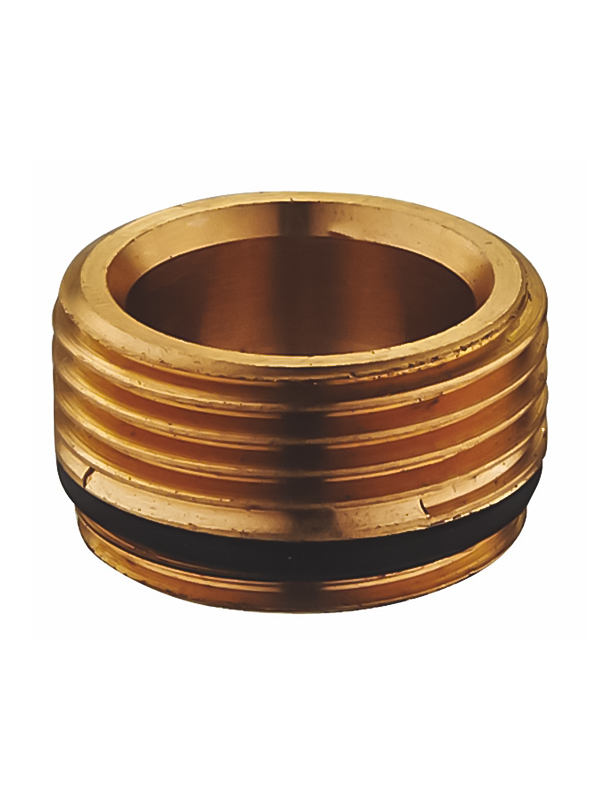A noticeable shift in bathroom hygiene practices is underway, with the bidet faucet gaining increased attention and adoption in many markets. This specialized fixture, designed for personal cleansing, represents a significant departure from traditional bathroom routines. The bidet faucet, whether as part of a standalone fixture or as an integrated component of a toilet system, offers a method of cleaning that many users find offers predominant cleanliness and comfort. Its rise in popularity is linked to a growing global awareness of personal hygiene, advancements in bathroom technology, and a broader acceptance of its benefits.
The core function of a bidet faucet is to direct a stream of water for personal cleansing after using the toilet. This simple action provides a level of cleanliness that paper alone cannot achieve. Modern bidet faucet systems offer users control over water pressure and temperature, allowing for a customized and comfortable experience. The use of a bidet faucet is often cited as being particularly beneficial for individuals with certain health conditions, mobility issues, or for those simply seeking a more thorough and refreshing clean. This practical advantage is a primary driver behind the growing interest in this bathroom fixture.
From a design perspective, the bidet faucet has evolved to suit various bathroom layouts and user preferences. Traditional separate bidet fixtures feature a dedicated bidet faucet, typically a deck-mounted mixer, that matches the room's other fittings. In recent years, however, integrated bidet seats have become a popular alternative. These units replace a standard toilet seat and incorporate a retractable bidet faucet nozzle within the assembly, along with controls for its operation. This integrated approach makes the functionality of a bidet faucet accessible without requiring the additional space for a separate fixture, making it a practical solution for bathroom renovations of all sizes.
Hygiene is a central theme in the discussion surrounding the bidet faucet. The use of water is widely considered a more effective and gentle cleaning method compared to toilet paper. Many bidet faucet models in integrated systems feature self-cleaning nozzles, which retract and are rinsed before and after each use to maintain cleanliness. This focus on automated hygiene reduces the user's contact with the fixture and enhances the overall sanitary conditions of the bathroom. The potential for a bidet faucet to reduce the consumption of toilet paper is also viewed as a positive environmental and economic benefit, appealing to eco-conscious consumers.
Installation and accessibility are key factors in the adoption of bidet faucet technology. While installing a traditional standalone bidet requires significant plumbing work, many modern bidet faucet systems are designed for easier integration. Electric bidet seats, for instance, often need only a standard electrical outlet and a connection to the existing water supply behind the toilet, making them a feasible upgrade for many households. This relative ease of installation has lowered the barrier to entry, allowing more people to experience the advantages of a bidet faucet without a full bathroom remodel.
The bidet faucet is steadily moving from a niche luxury to a more mainstream bathroom fixture. Its growing presence is supported by compelling arguments around personal hygiene, user comfort, and environmental consideration. As bathroom technology continues to advance and cultural perceptions shift, the bidet faucet is poised to become a more common and sought-after feature in homes.

